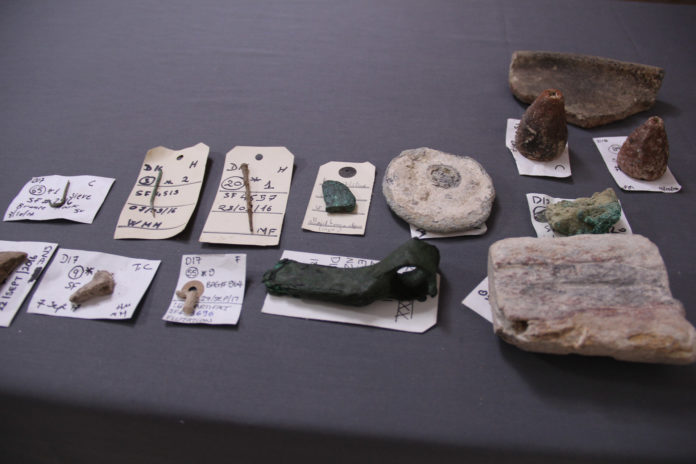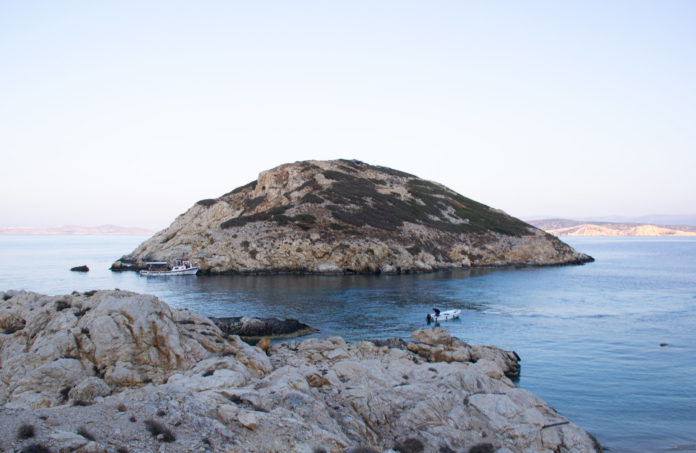Information
Bronze Age Greek Island of Keros Visualized in New Documentary
Keros, the small, uninhabited Cycladic island south of Naxos, will be the subject of the first collaboration between The National Geographic and the Greek television network COSMOTE TV, premiering on October 5th.
The island was one of the most important Cycladic settlements during the Bronze Age, reaching its peak of its civilization around 2,500 BC.
In the mid-20th century, archaeologists found a wealth of the iconic flat-faced Cycladic figurines on the island, a spectacular find that has since then been known as the “Keros Hoard.”
These iconic figurines were quickly purchased by collectors and museums around the world.
Cycladic figurines, such as those found in Keros, inspired many artists who saw links between the ancient style and contemporary art, embodied especially by Picasso, in his angular figures.
From 2006-2008, a team of archaeologists, led by Professor Colin Renfrew, Co-director of the Cambridge Keros Project, and National Geographic Explorer, excavated the West coast of Keros, which is thought to be the source of the sculptures found there.
The same group of archaeologists also excavated the site of Dhaskalio, a small island that was connected to Keros in antiquity, where they found evidence of a massive settlement that was important to the region during the Bronze Age.
The archaeologists also found evidence of of the largest building in the Cyclades during the Early Bronze Age on Dhaskalio. Their discoveries also revealed large, terraced walls and homes that formed a pyramid-like shape on the island. Perhaps most amazingly, underneath the structures, evidence of advanced plumbing was found.
These finds make Dhaskalio, and Keros by extension, one of the most important Bronze Age sites anywhere in the Aegean.
The documentary about the fascinating ancient site will allow viewers to travel back in time and further understand the importance of Keros in the Bronze Age.
Category: English
News
Information
Key words:





